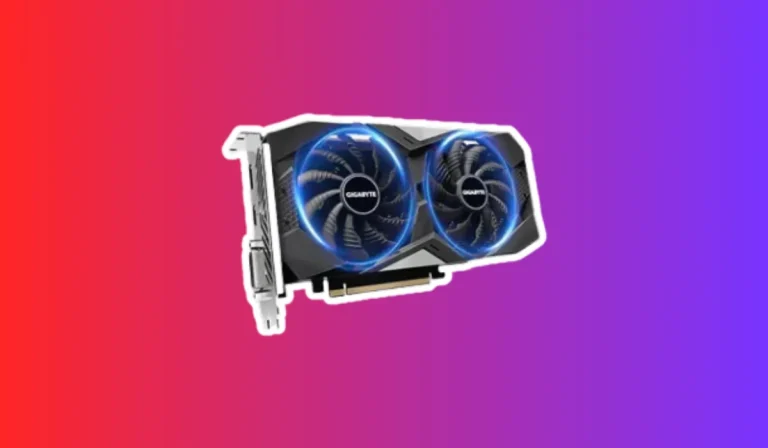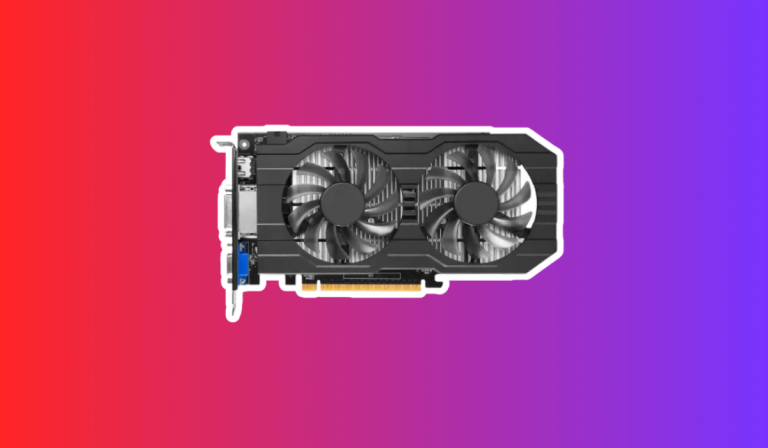How can I fix no signal GPU?
Have you ever encountered the frustrating “no signal” error on your computer’s GPU? It’s a common issue that can leave you staring at a blank screen. In this article, we’ll explore the impact of this problem on display output and discuss why it’s crucial to address it promptly to restore functionality.
Is the GPU Properly Connected?
Inspect Physical Connections
Begin by examining the physical connections between the GPU and the display. Ensure that the cables are securely plugged into their respective ports on both ends. Wiggle the connections gently to check for any loose fittings or faulty cables.
Check Display Cables and Adapters
Verify the condition of the cables and adapters used to connect the GPU and the display. Look for any visible damage or fraying on the cables. If possible, try using a different cable or adapter to rule out any potential issues.
Secure GPU in the Motherboard Slot
Confirm that the GPU is properly seated in the motherboard slot. Sometimes, due to movement or vibrations, the GPU can become slightly dislodged. Gently press down on the GPU to ensure that it is firmly inserted into the slot.
Are the Drivers Up to Date?
Check for Updates
Start by checking if there are any available updates for your GPU drivers. Visit the official website of your GPU manufacturer (such as NVIDIA or AMD) and navigate to the driver download section. Enter your GPU model and operating system details to find the latest driver version.
Install the Latest Drivers
Download the latest driver version compatible with your GPU and operating system. Close any running applications and run the driver installer. Follow the on-screen instructions to complete the installation process. Restart your computer after installing the new drivers to ensure the changes take effect.
Resolve Conflicts or Issues
In some cases, conflicts between different drivers or software can cause display issues. To address this, consider performing a clean installation of the GPU drivers. This process involves uninstalling the current drivers completely and then installing the latest version from scratch.
Consult the manufacturer’s documentation or support resources for detailed instructions on performing a clean installation.
Is the Power Supply Adequate?
Check Power Supply Capacity
Determine the wattage of your power supply unit (PSU). This information is usually mentioned on the PSU itself or in its documentation. Compare the wattage with the recommended power requirements of your GPU, which can be found on the manufacturer’s website or in the GPU’s documentation.
If the PSU wattage is lower than the GPU’s recommended power requirement, it may be the cause of the issue.
Consider Other Components
Keep in mind that the power supply must also provide enough power for other components in your system, such as the CPU, motherboard, and storage devices. If your system has multiple power-hungry components, it may put additional strain on the PSU, potentially affecting the GPU’s performance.
Upgrade the Power Supply
If you determine that your power supply is inadequate, consider upgrading to a higher-wattage PSU. Ensure that the new PSU is compatible with your system and has the necessary connections to support your GPU.
FAQ’s
1. Why am I not getting any signal from my GPU?
The lack of signal from your GPU can be due to various reasons, such as improper GPU connection, outdated drivers, inadequate power supply, faulty display cables, or even hardware compatibility issues.
2. How do I check if my GPU is properly connected?
To ensure proper GPU connection, inspect the physical connections between the GPU and the display, check the display cables and adapters for any damage, and verify that the GPU is securely seated in the motherboard slot.
3. What should I do if my GPU drivers are not up to date?
If your GPU drivers are outdated, visit the official website of your GPU manufacturer, download the latest driver version compatible with your GPU and operating system, and follow the installation instructions. Consider performing a clean installation if conflicts or issues persist.
4. Can an insufficient power supply cause a no-signal GPU issue?
Yes, an inadequate power supply can lead to a no-signal GPU issue. Ensure that your power supply’s wattage meets the GPU’s recommended power requirements and consider upgrading to a higher-wattage PSU if necessary.
5. Why is my GPU still not displaying anything after troubleshooting?
If your GPU is still not displaying anything after troubleshooting, there could be other underlying issues, such as hardware defects, faulty GPU, incompatible components, or even software conflicts. It is recommended to seek professional assistance or consult the manufacturer’s support resources for further guidance.
Conclusion
Don’t let the frustration of a “no signal” GPU issue linger. By following the troubleshooting steps outlined in this article, you can resolve most display problems and get your GPU back up and running smoothly.
Remember, outdated drivers, inadequate power supply, and improper connections are common culprits. Rest assured that with proper troubleshooting, these issues can be addressed effectively, ensuring a seamless display experience.






